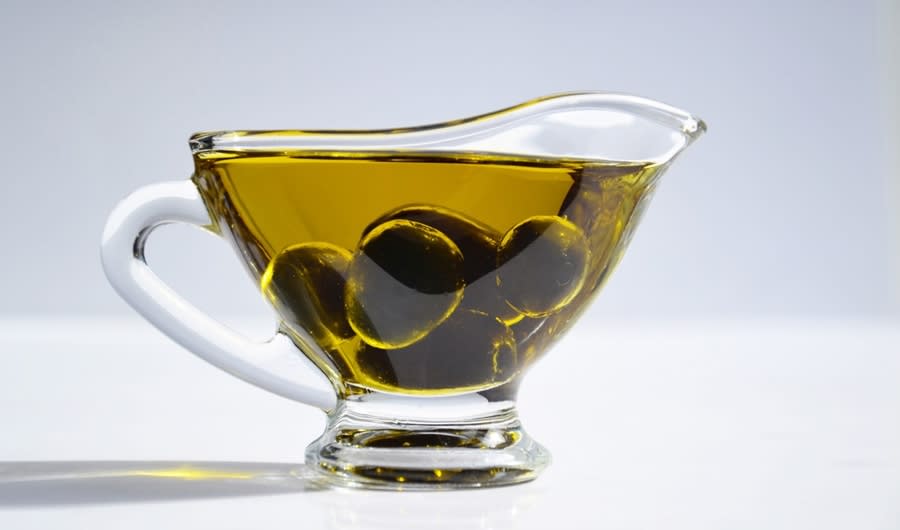The Home Advantage
When it comes to quality olive oils, South Africa is right there at the top.
The very mention of olives brings to mind a hot, dry, sweetly scented Mediterranean grove resounding with the relentless singing of the cicadas. No wonder, for the strangely gnarled and twisted small trees are native to the Mediterranean basin. This is where our ancestors first started nibbling on the bitterish fruit some ten thousands years ago.
Fast forward to the modern era and you’ll find olives growing… practically all over the world: Argentina, Chile, U.S.A., Australia, New Zealand and, of course, South Africa. Wherever they are grown, all of the olives trees the world over have their roots in the Mediterranean.
Most of the South African olive trees are Italian cultivars (Leccino, Frantoio, Coratina, etc.), although the Greek Kalamata and Californian Mission are also grown (the latter was introduced to California so long ago by Spanish missionaries that it became a cultivar in its own right).
Jan van Riebeeck, the first Dutch governor of the Cape, planted the first two cultivated olive trees in 1661 in the Cape. However, no one tried to commercially exploit the fruit for about two hundred years. Although there are records of local olive oil being produced at the beginning of the 20th century, oil farming took off as a commercial enterprise in 1930s, thanks to the efforts of an Italian immigrant, Ferdinando Costa.
It is estimated that olive trees are grown on about 8,000 hectares in South Africa, of which 6,000 are situated in the Western Cape due to its temperate, Mediterranean climate. Many South African olive growers produce wine as well.
Although local production is just a drop in the international terms, South African olive oils have a good reputation. Some go as far as to say that South Africa is one of the leading olive oil producers in the world based on quality, taking top positions at international olive oil competitions. An additional reason for buying local is that the trip from the farm to our tables is much shorter, and in the world of olive oil the rule is: the fresher, the better.
What’s in the Flavour
The flavour of olive oil is assessed on three criteria: fruitiness, bitterness and pepperiness. In general, the hotter the climate, the more robust the flavour. Experts say that oils from Spain are mostly smooth, sweet and fruity, with hints of melon and nuts and very faint bitterness. Greek olive oils are herby, fruity and sometimes peppery. The flavour of Italian oils varies, from mild and nutty (north) to stronger-tasting, with grassy notes (centre) and dry herbal flavour (southern Italy and Sicily).
South African olive oils are mostly made from Italian cultivars and tend to have a slightly sweeter taste than their Mediterranean counterparts.

Virgin and Extra Virgin
Both virgin and extra virgin olive oils are extracted from the fruit by mechanical means at relatively low temperatures (hence the appellation cold-pressed). To deserve the label extra, olive oil needs to satisfy additional quality tests. It can contain only up to 1% acid and must have a superior taste. The colour can be a crystalline champagne, greenish-golden or bright green. In general, the deeper the colour, the more intense the flavour.
Extra virgin olive oil is best used for dipping a piece of bread into (balsamic vinegar is often added to the oil for this purpose); dripping over a pasta dish or fish; or to dress salads, in combination with balsamic vinegar. Virgin olive oil is used in much the same way as extra virgin. Plus, it can be used to cook Mediterranean dishes.
Extra virgin and virgin olive oil should not be used for high-heat frying. The flavour of extra virgin olive oil tends to break down at frying temperatures, making the added expense a waste.
Olive oil should be stored in a cool, dark place, for between 6 and 12 months. Light and heat will cause the oil to decay and go rancid. Refrigerated, it can last for about 18 months. Chilled olive oil becomes cloudy and so thick that it can not be poured. However, it clears and becomes liquid again at room temperature.
The Goodness of It
Olive oil is believed to have positive health effect to the human body, especially on cardiovascular health and blood cholesterol levels. Many researches are of the opinion that long-term consumption of olives and olive oil is responsible for the low incidence of heart disease associated with a Mediterranean diet.
Olive oil is also used in cosmetics, soap making, as lamp oil, a lubricant, or as a substitute for machine oil.
The Olive Oil Mob
Every now and then, the olive oil world is shaken by allegations that someone in the chain (a manufacturer or a distributor) is passing inferior quality products for “the real thing”. Apparently, there is a whole criminal organisation making money by selling fake extra virgin olive oil.
When buying locally produced olive oil, South Africans should look for the SA Olive seal, given by the South African Olive Industry Association to guarantee the product meets International Olive Council standards for extra virgin olive oil.